We have much more to do and your continued support is needed now more than ever.
Eagle Cam is Back! Watch Iowa Bald Eagle Eggs Hatching Live
Did you join us last year as we watched two Iowa bald eagles care for newly hatched eagle chicks? Thanks to the Raptor Resource Center, the eagle cam we all came to love is back! Join the National Wildlife Federation family again this year as we watch the eagles hatch and grow!
Update: The first egg hatched March 27, 2012. (Get a glimpse of the “D12”). Update: March 29, 2012 – Here’s footage of the emergence of “D13.” Stay tuned!
http://www.ustream.tv/decoraheagles
Symbolically Adopt a Bald Eagle
Help National Wildlife Federation in its efforts to protect the bald eagle and its habitat by adopting an eagle. Your adoption will go toward supporting NWF’s efforts with wildlife conservation, education and more. Adoption packages include a certificate, poster, bald eagle plush and more.
Feb. 17, 2012: First egg is delivered (watch video)
Feb. 20, 2012: Second egg is delivered (watch video)
Feb 24, 2012: Third egg is delivered (watch video)
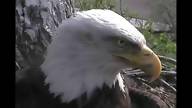 Who operates and maintains this eagle cam?
Who operates and maintains this eagle cam?
The Raptor Resource Project maintains the cams, of which there are two. The feed is streamed online 24/7. Both are positioned on one of the nest’s supporting limbs about 4-5 feet above the nest. The main cam is automated and is trained on the nest. The other cam has pan-tilt-zoom capabilities. At dark the main cam switches to infrared (invisible to the eagles) night-time view.
More Frequently Asked Questions About the Eagle Cam
See these frequently asked questions answered by the Raptor Resource Center.
How big is the nest?
5-6 feet across, about the same deep; it weighs about 1½ tons.
How old is the nest?
The eagles built it in 2007. A previous nest close by fell when a windstorm broke one of the branches.
Are these eagles banded?
No.
Which is the male and which is the female?
It is hard to tell the difference unless they are both on the nest. The female is larger than the male. This female has a ridge above her eyes that goes further back than on the male, and her eyes are surrounded by a greyish shadow; the male has a line around his eyes that makes them look “beadier.” Some think that the male’s head is “sleeker” than the female’s.
What is the history of this pair?
They have been together since the winter of 2007-2008. Her markings at that time indicated that she was about 4 years old. They successfully hatched and fledged 2 eaglets in 2008, then 3 in 2009, 3 more in 2010, and 3 more in 2011.
What is the area around the nest like?
The nest is in a cottonwood tree on private property near the Decorah Fish Hatchery (operated by the Iowa Department of Natural Resources), on the banks of the babbling waters of Trout Run in extreme northeast Iowa.
Who does the panning, tilting, and zooming, and when does that happen?
Bob Anderson, Executive Director of Raptor Resource Project, switches to the pan-tilt-zoom cam when time and weather permit, and especially when there appears to be interesting activity in the nest.
What is the Raptor Resource Project?
Established in 1988, the non-profit Raptor Resource Project specializes in the preservation of falcons, eagles, ospreys, hawks, and owls. They establish and strengthen breeding populations of these raptors by creating, improving, and maintaining nests and nest sites. In addition to directly managing more than 23 falcon, eagle, and owl nest sites, the Raptor Resource Center provides training in nest site creation and management across the United States, reaching more than 85,000 people each year through lectures, education programs, and the web, and develop innovations in nest site management and viewing that bring people closer to the world around them. Check out the links to cams of many of the raptor nests that RRP manages.
Related Links
- Read an interview with Robert Anderson, the Director of the Raptor Resource Project, who helped set up the famous UStream video footage of the Decorah Bald Eagle, the #1 most watched live video stream of all time.
- Learn more about bald eagles from National Wildlife Federation’s Wildlife Library and find out how they are an Endangered Species Act success story.

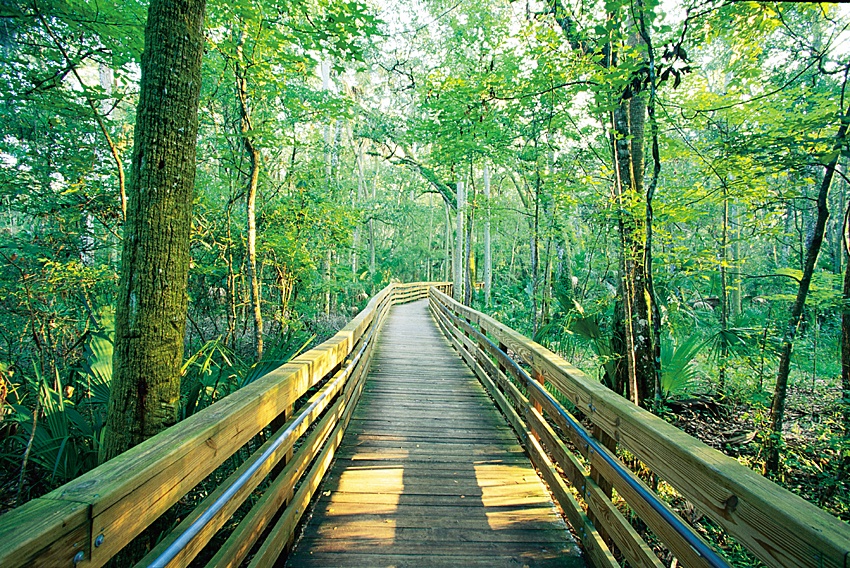
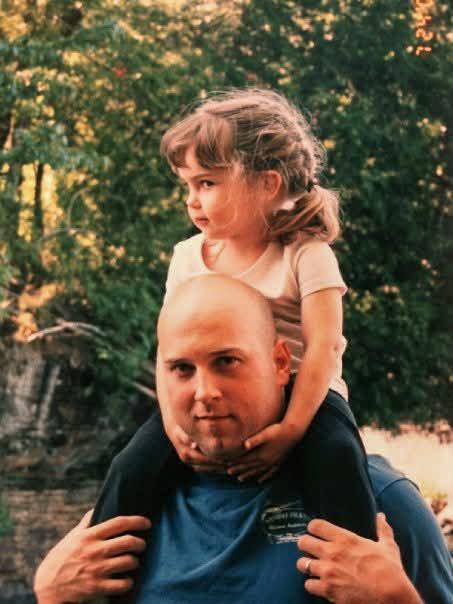







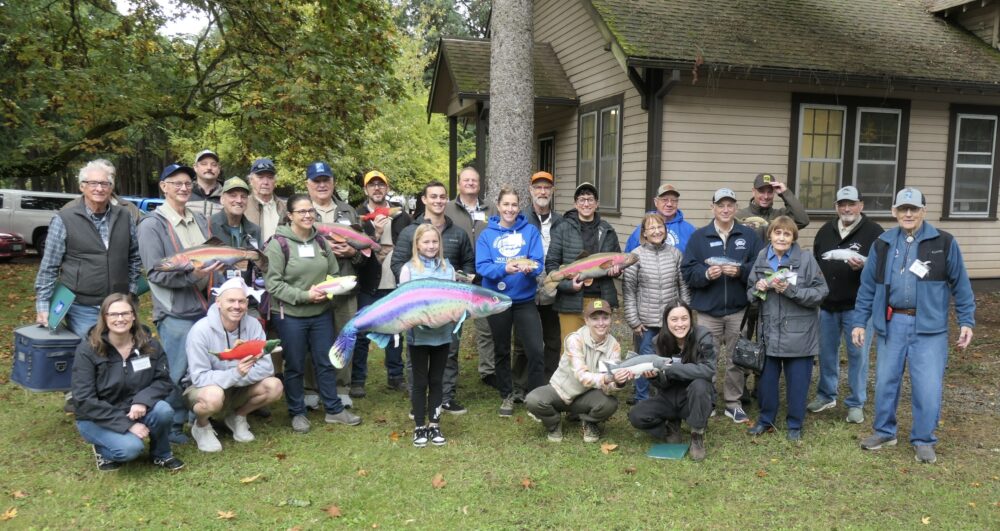



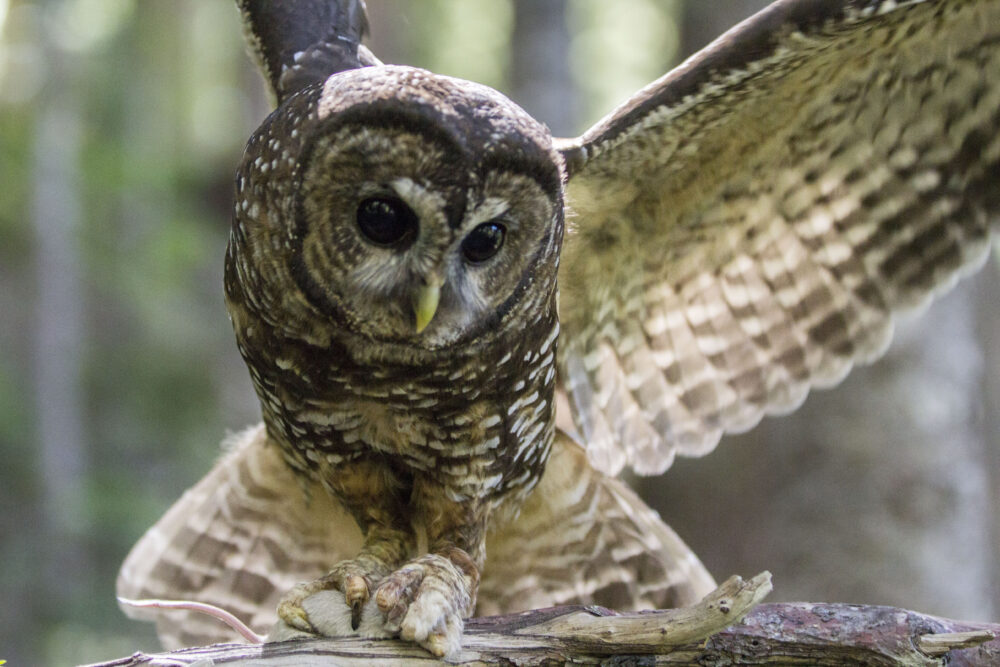
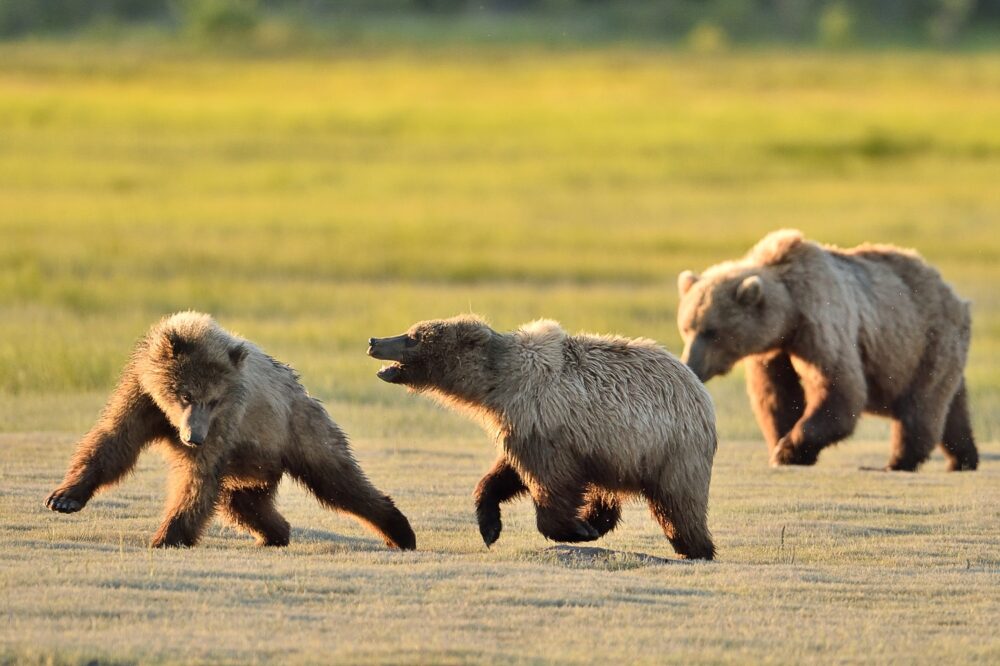
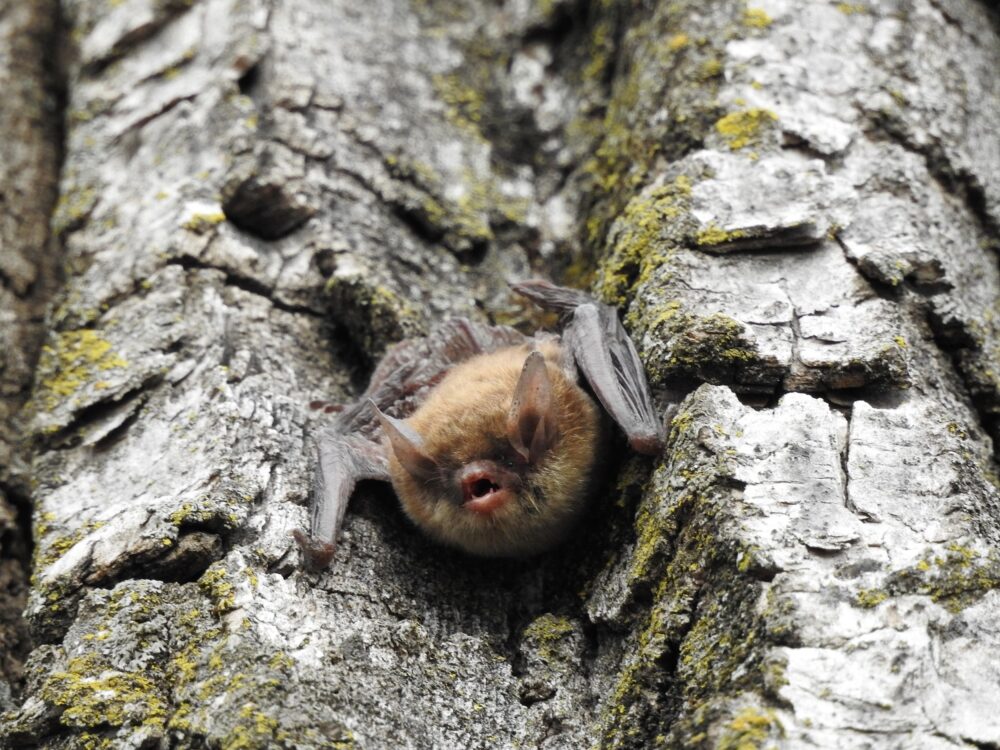
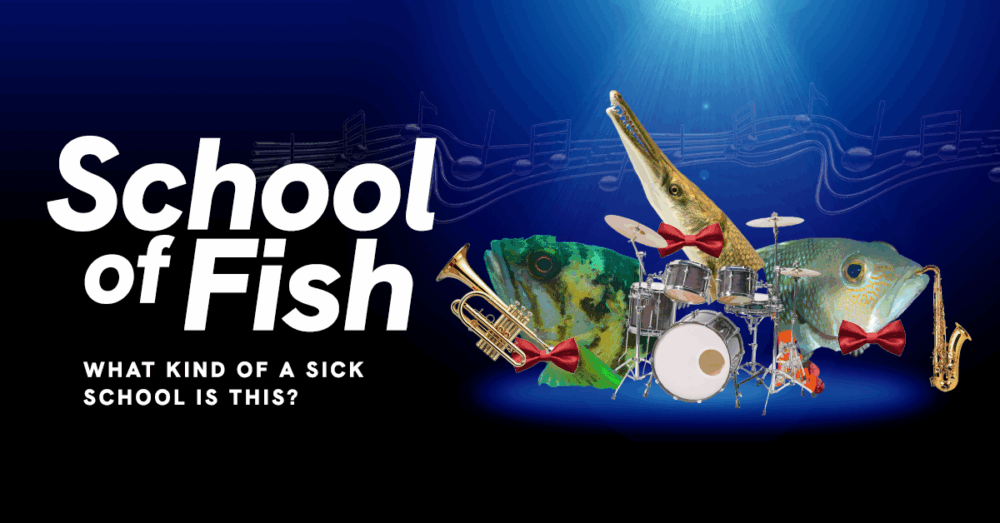



Building Momentum: What’s Next for Beaver Conservation in Colorado